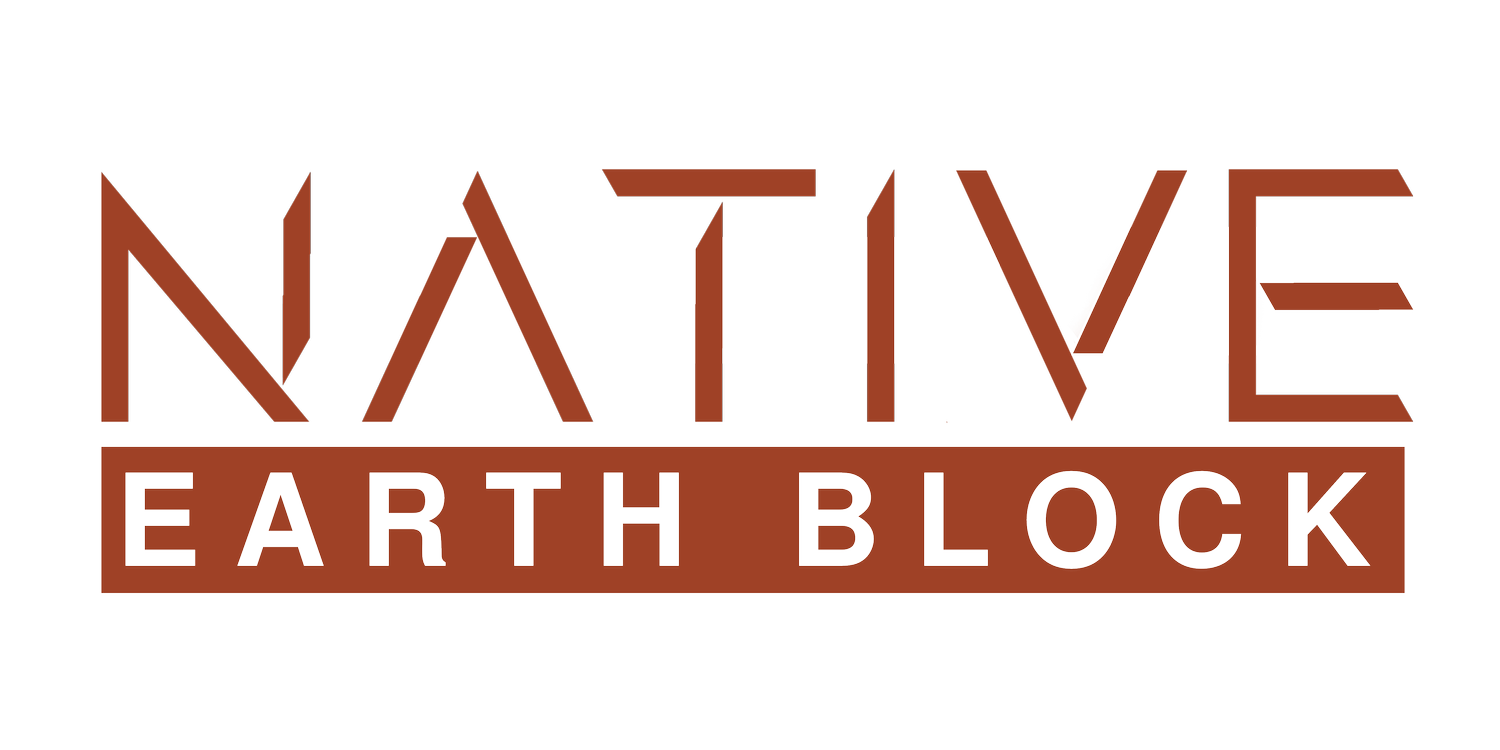Building with Compressed Earth Block Bricks
As construction professionals, we are constantly seeking innovative and sustainable materials to create durable structures that harmonize with the environment. One such material that has gained popularity in recent years is compressed earth block bricks. These bricks offer a range of benefits, from reduced environmental impact to enhanced thermal properties. In this article, we will delve into the world of compressed earth block bricks, exploring their history, construction techniques, and the advantages they offer in today's construction industry.
Constructing with Compressed Earth Block Bricks
Now that we have laid the groundwork, let's explore how compressed earth block bricks fit into the construction process. These bricks are made by compressing a mixture of clay, sand, and a small percentage of cement into a block shape. The result is a durable, sustainable, and energy-efficient building material.
To begin the construction process, a trench is dug according to the desired dimensions of the building. The depth of the trench will depend on local building codes and the recommendations of building officials. Once the trench is prepared, a dry wall footing can be laid to create a level surface for the compressed earth block bricks.
Building with Compressed Earth Block Bricks
With the foundation in place, the construction of the walls can commence. Compressed earth block bricks are stacked and mortared together, forming sturdy and insulating walls. The bricks' thermal properties provide excellent natural insulation, reducing the need for additional energy consumption for heating and cooling.
Fine Homebuilding, a renowned publication in the construction industry, has highlighted the benefits of compressed earth block bricks, citing their affordability, energy efficiency, and minimal environmental impact. These bricks offer a viable alternative to conventional construction materials and are gaining recognition among architects, builders, and homeowners alike.
Compressed earth block bricks offer a sustainable solution for constructing durable and energy-efficient buildings. By embracing techniques such as the rubble trench foundation and combining them with the thermal properties of compressed earth block bricks, we can create structures that are not only environmentally friendly but also aesthetically pleasing.
As construction professionals, it is our responsibility to adopt sustainable practices that align with the needs of our planet. Compressed earth block bricks provide us with an opportunity to build in harmony with nature while embracing the innovative vision of architects like Frank Lloyd Wright. Let us continue to explore and implement such environmentally conscious alternatives to shape a more sustainable future in the construction industry.
A Foundation Built to Last: The Rubble Trench
When constructing any building, the foundation is crucial to its long-term stability. Traditionally, trench foundations have been employed, and one notable advocate for this technique was renowned architect Frank Lloyd Wright in the early 20th century. Wright believed in using the natural strength of the earth and advocated for the use of a rubble trench foundation.
The rubble trench foundation involves digging a trench below the frost line, which is the depth at which the ground freezes during winter. This trench serves as a support system for the structure and helps prevent frost heaving. Instead of using concrete footings, the bottom of the trench is filled with crushed stone to create a stable base for the buildin
.A Reinforced Structure: Concrete Grade Beams
To further strengthen the foundation, concrete grade beams can be incorporated into the design. These beams, made from poured concrete, provide additional support and distribute the weight of the structure evenly across the foundation. The concrete grade beams are often used in conjunction with the rubble trench foundation to enhance structural integrity.
Creating a Solid Base: The Rubble Foundation
To ensure proper drainage and prevent moisture-related issues, a layer of washed stone is placed on top of the dry wall footing. Additionally, filter fabric may be used to separate the soil from the stone, preventing soil intrusion while allowing water to pass through freely. This layer acts as a crucial barrier, ensuring the stability and longevity of the foundation.

